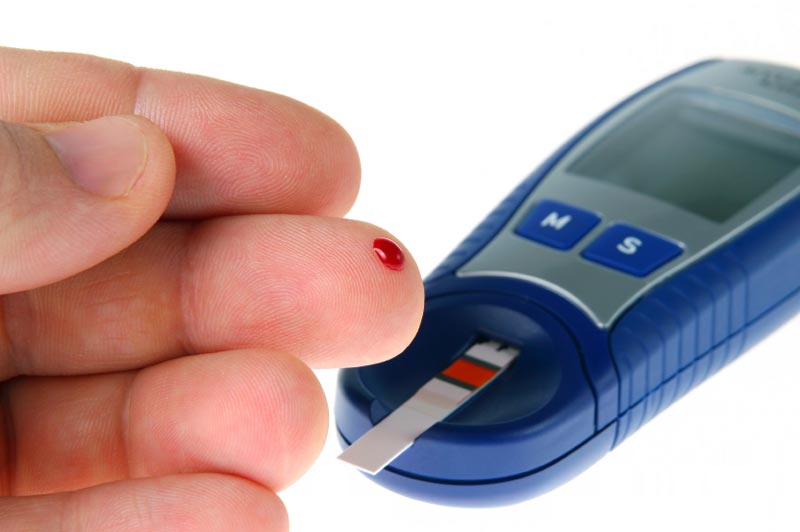
Finger pricking to monitor blood sugar levels could be a thing of the past. An implantable device to track your blood-sugar levels round-the-clock is the future with the scientists now having developed a new glucose-sensing protein.
It is a glucose/galactose binding protein (GBP) that changes shape when it attaches to glucose, a research by Sylvia Daunert from University of Miami in the US and colleagues showed. The researchers engineered it in such a way that it would be stable in and out of the body for longer periods to detect levels of glucose within the range in a diabetic person.

Currently, most patients with diabetes monitor blood-sugar levels by using a glucose meter. They prick a finger with a tiny needle to draw blood which they apply to a test strip inserted into the glucometer. It provides a reading of the level at that moment. But glucose levels change throughout the day, so many readings are needed. That is not always convenient and some people find that pricking their finger is painful.

As a result, many patients do not test their blood as often as they should, risking complications such as seizures. For more continuous monitoring, some patients use implantable devices that measure blood-sugar as often as once a minute, but they are expensive, can only be used for up to a week and are not as reliable as conventional meters, researchers said. They, therefore, set out to improve upon these limited options and they turned to a protein that has already been explored as a good candidate for use in a continuous glucose monitoring system.

The findings appeared in the journal ACS Chemical Biology.

Be a part of Elets Collaborative Initiatives. Join Us for Upcoming Events and explore business opportunities. Like us on Facebook , connect with us on LinkedIn and follow us on Twitter , Instagram.
"Exciting news! Elets technomedia is now on WhatsApp Channels Subscribe today by clicking the link and stay updated with the latest insights!" Click here!
















